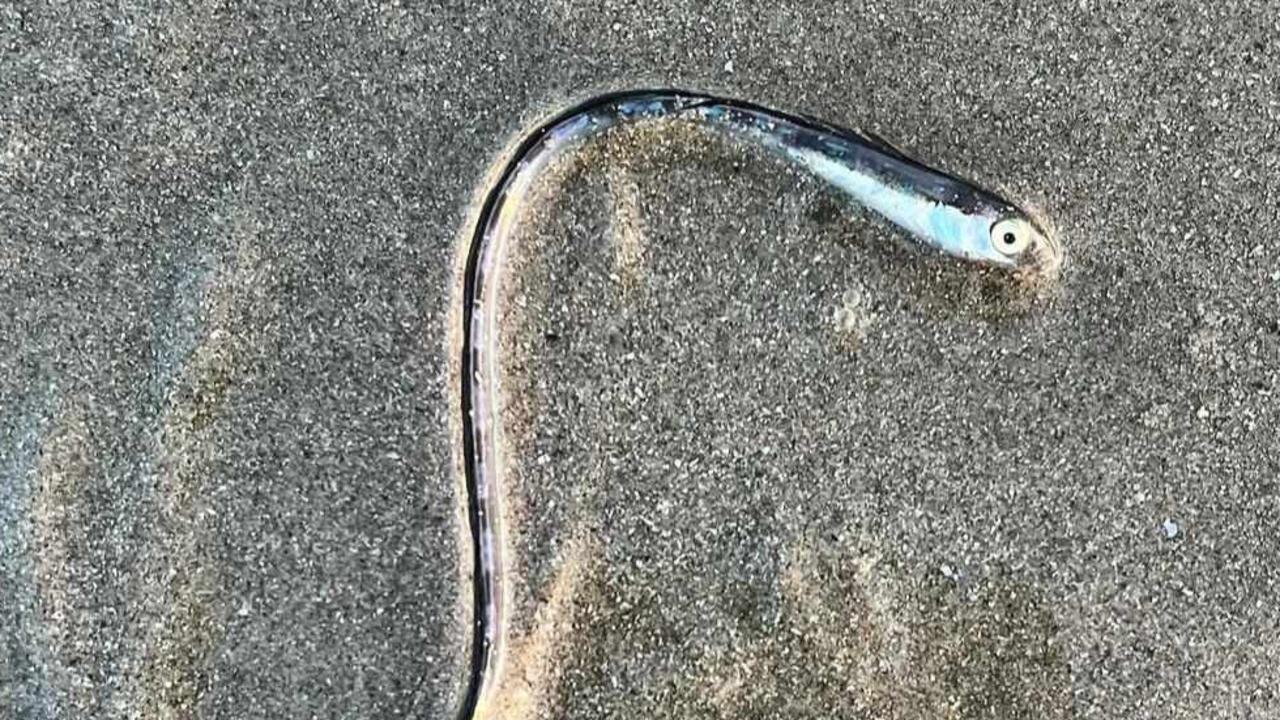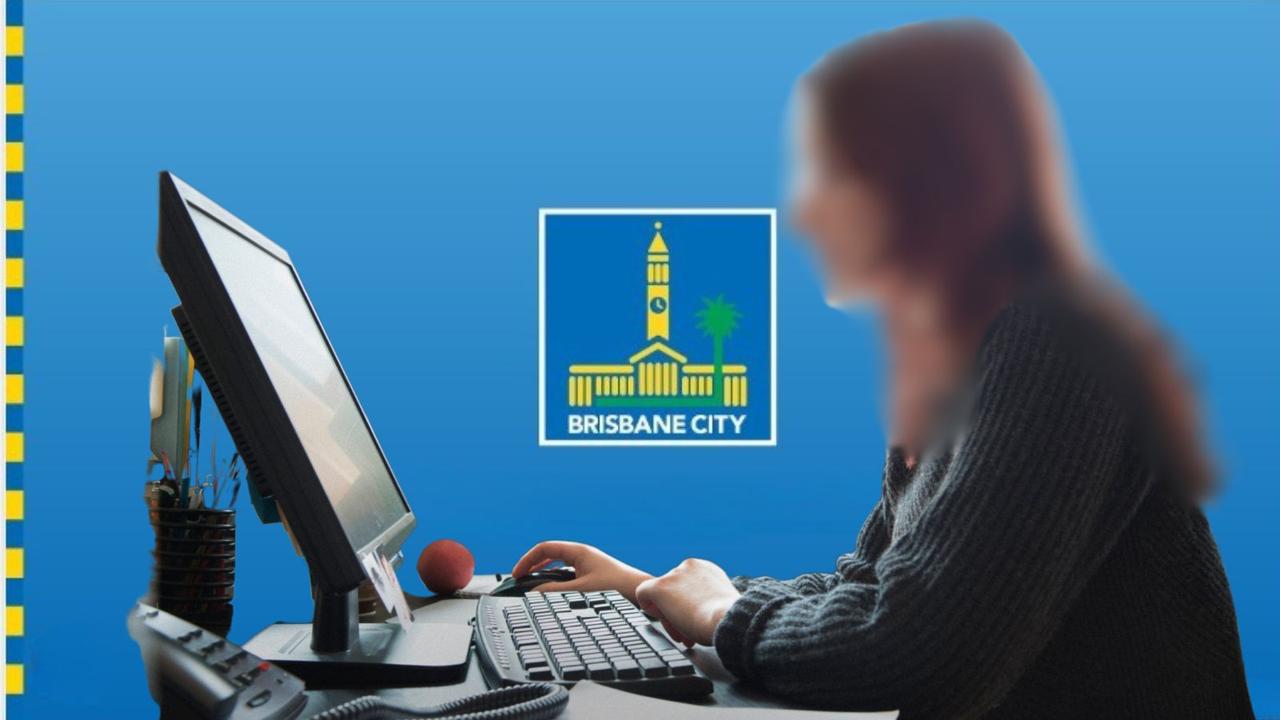Researchers work on turning waste water into drinking water
Forget turning water into wine. Brisbane researchers are working on turning bore water, industrial waste water and sea water into high-quality drinking water.
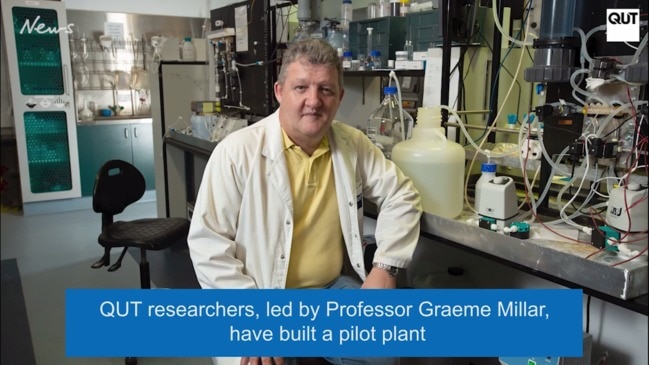
Local
Don't miss out on the headlines from Local. Followed categories will be added to My News.
RESEARCHERS at a north Brisbane pilot plant are working on turning bore water, industrial waste water and sea water into high-quality drinking water.
The QUT Banyo Pilot Plant Precinct is a combined project of researchers from QUT’s Institute for Future Environments and Japanese chemical conglomerate Asahi Kasei.
50C A DAY FOR 6 MONTHS: SUBSCRIBE TO NORTHSIDE CHRONICLE/BAYSIDE STAR & THE COURIER MAIL
They have been working for three years on technology that uses solar energy or low-grade waste heat produced by industry to remove dissolved salts from water samples.
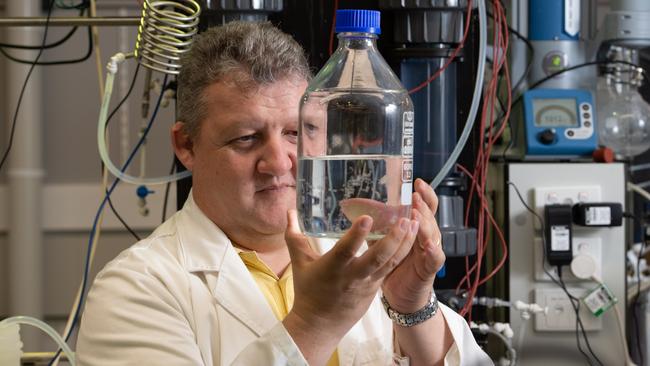
The pilot plant will have the ability to process 1000 litres of water a day through a process called membrane distillation system.
Professor Graeme Millar, from QUT’s Science and Engineering Faculty, heads the research team that has developed a system that uses Asahi Kasei membranes, meaning they can be used for more than 2000 hours filtering salt water before the membrane needs cleaning.
Professor Millar said one of the advantages of the system was that it can use industrial “waste” heat (heat produced as a by-product) to distil the water through the membranes.
“We can tap into that and make water on the spot,” Professor Millar said.
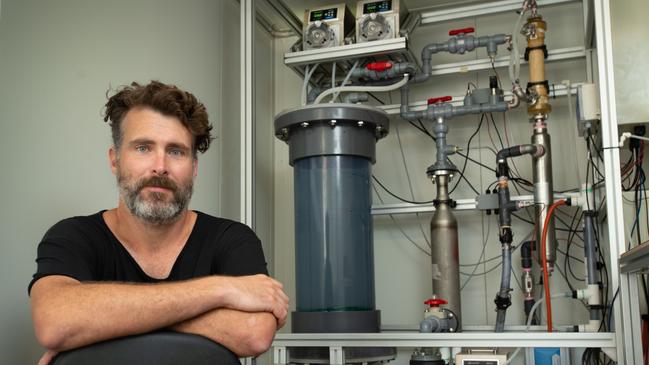
He said future applications of the new membrane technology included treatment of coal seam gas (CSG) associated water, bore water in remote communities, reverse osmosis brine and seawater to produce high-quality drinking water.
“Agriculture is the major consumer of freshwater resources in Australia,” Professor Millar said.
“Consequently, there is a need to develop means to use impaired water resources such as coal seam gas associated water for irrigation purposes.”
MORE NORTH BRISBANE NEWS:
TV forensic crime drama films at Brighton
Shorncliffe resident welcomes return of 7.39am train
Young chorister to sing in memory of grandfather on Anzac Day
Professor Millar said the planned design of a commercial module built using this system would be able to convert one million litres a day of water, with uses ranging from installations at mining, agricultural and industrial sites to portable solar-powered units that could be used by emergency services in the wake of natural disasters.
“It offers low-cost water treatment for remote communities,” Professor Millar said.
“It’s about taking those brackish waters and making them drinkable.”

